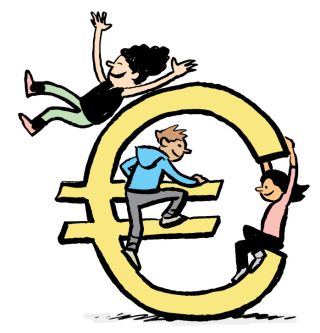Child Poverty in Ireland

Children are one of the most vulnerable groups in any society. Consequently, the issue of child poverty deserves particular attention. Child poverty is measured as the proportion of all children aged 17 years or younger that live in households with an income below the 60 per cent of median income poverty line. The 2022 CSO SILC survey indicates that 15.2 per cent of children were at risk of poverty. In 2022 around 190,000 children (1 in every 7 children in Ireland) lived in households that were experiencing poverty. Recent years have seen long overdue improvements in Ireland’s child poverty rate; driven in particular by targeted welfare payments for families. However, the scale of this problem remains alarming. A Child Deprivation Module published by the CSO and based on SILC 2021 indicated that children in single-parent households, households with no one in employment, and children in rented accommodation were most at risk of experiencing deprivation. Looking at the intergenerational transmission of disadvantage, CSO data shows that adults who lived in households experiencing financial disadvantage as teenagers were more likely to be living in poverty and experiencing deprivation than their peers.
Despite progress, our long-standing failure as a society to adequately engage with the issue of child poverty, and drive substantial and permanent reductions to it, is building long-term problems for people currently experiencing child poverty and for society. Poverty impacts hardest on those experiencing it in their day-to-day lives. However, as a 2020 report by UCD academic Dr Micheál Collins for the SVP showed, poverty also imposes costs on society. The report found that each year the state spends €4.5bn dealing with the causes and consequences of poverty; money that could be used in many other ways if we succeeded in targeting and eliminating poverty. Investments made now, while expensive, will reap substantial rewards for individuals and society in the longer term.